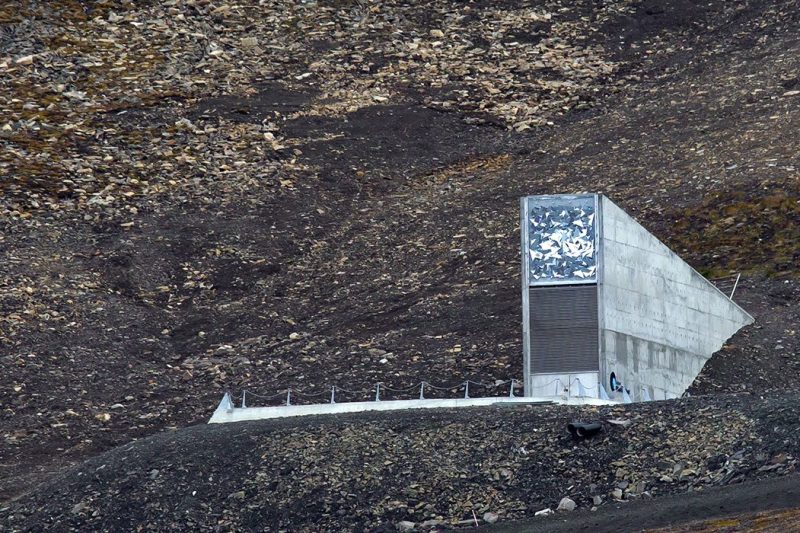
On a far-flung icy corner of the Earth, a company is building an apocalypse-proof safe to protect the planet’s data in case of emergency.
It’s called the Arctic World Archive and it has a similar mantra as its neighbor in Norway, the Svalbard Global Seed Vault—a structure that looks like a Bond villain’s lair (pictured above).
Like the Seed Vault, the World Archive will be an impenetrable fortress entrenched in the Arctic permafrost, out of reach from war and unaffected by climate change. It’s also impervious to nuclear weapons and EMPs
Instead of protecting all seeds on Earth, the World Archive will protect information. In fact, it’s already housing historical documents from the Brazilian, Mexican, and Norwegian governments. They were the first to visit the vault after it opened on March 27th, The Verge reports.
The Arctic World Archive is a for-profit endeavor from Norwegian state mining firm SNSK and Piql, a Norwegian tech company. The data is stored on optical film designed by Piql to be preserved for up to 500 years. Once the data’s been imprinted onto the film via high-density QR codes, it’s lowered into an abandoned mine nearly 1,000 feet below ground.
Read the full report on The Verge.
—RealClearLife
This article was featured in the InsideHook newsletter. Sign up now.